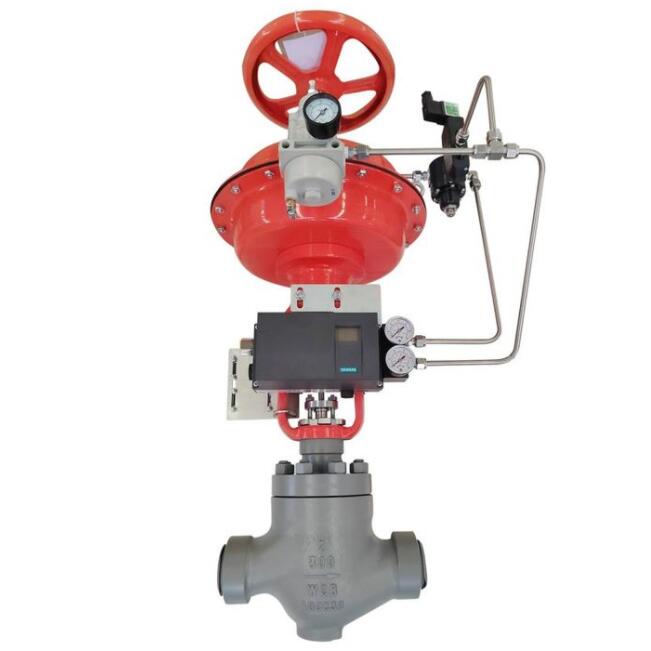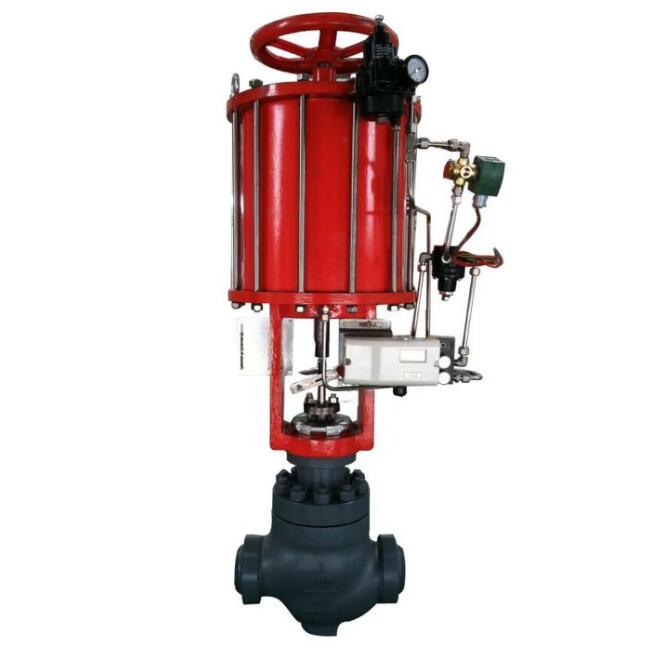Control valves are critical components of any process control system, as they regulate the flow of fluids, gases, and other materials. The performance of control valves is essential for maintaining efficient and safe operation of industrial processes, and any malfunction or failure can lead to production downtime, safety hazards, and increased costs. To ensure optimal control valve performance, regular testing and inspection are necessary.


Control Valves are tested to ensure that they are functioning properly and providing accurate control of the process.
The testing process typically includes a combination of visual inspection, pressure testing, and functional testing. During the visual inspection, the control valve is examined for signs of damage, wear, or corrosion.
Pressure testing is performed to verify the control valve’s ability to withstand the pressure required for its intended use.
Functional testing is performed to verify the control valve’s proper operation and control, including evaluating the control valve’s response time, control signal, and shutoff capability.
The results of the testing are documented and used to identify any necessary repairs or replacements to ensure optimal control valve performance.
Control Valve Testing Standards
It’s important to choose control valves that meet the appropriate standards for your specific application to ensure optimal performance and reliability. Additionally, regular testing and inspection can help identify potential problems before they cause serious damage to the system.
Here are some of the most commonly used testing standards for control valves:
- API 598: This is an American Petroleum Institute standard that covers valve inspection and testing.
- ISO 5208: This is an international standard that covers the testing of control valves.
- MSS SP-61: This is a standard developed by the Manufacturer’s Standardization Society (MSS) that covers the testing of control valves.
- NAMUR NE 107: This is a standard developed by the North American Instrument Manufacturers Users’ Roundtable (NAMUR) that covers the interface between control valves and process control systems.
It’s important to follow a comprehensive testing procedure to ensure that control valves are functioning properly and provide accurate control of the process. By regularly testing control valves, you can identify potential problems before they cause serious damage to the system.
Here is a comprehensive guide for the control valve test procedure:
I. Preparation:
- Gather all necessary tools and equipment, such as a multimeter, torque wrench, pressure gauge, and valve position indicator.
- Familiarity with the valve specifications, such as the pressure range, flow rate, and materials of each part.
- Review safety procedures and make sure that the system is properly isolated and depressurized before starting the testing.
II. External Inspection
- Check external inspection, including valve body, bonnet, stem, and actuator.
- Check the signs of damage or wear to look for during the inspection.
III. Internal Inspection
- Check the steps involved in internal inspection, including removal of the bonnet and inspection of internal components.
- Check the signs of damage or wear to look for during the inspection.
- Close the valve and apply pressure to the system.
- Check for leaks in the body and bonnet using a pressure gauge or leak detection equipment.
- If a leak is detected, repair or replace the valve.
V. Operational Characteristics Test
- Open the valve and measure the pressure drop across the valve.
- Measure the flow rate through the control valve.
- Record the response time of the control valve to a control signal.
- Compare the results to the specifications and make any necessary adjustments.
VI. Control Signal Test
- Apply a control signal to the control valve and verify that it is functioning properly.
- Check the control valve’s response to the control signal and make sure that the actuator is properly positioning the control valve.
- If the control signal is not functioning properly, repair or replace the control valve.
VII. Shutoff Capability Test
- Slowly close the control valve and measure the pressure drop across the valve.
- Compare the results to the specifications and make sure that the valve is able to shut off completely.
VIII. Documentation
- Record the results of the testing in a logbook.
- Document any repairs or replacements that were made during the testing.
- Make note of any issues that need to be addressed in the future.




